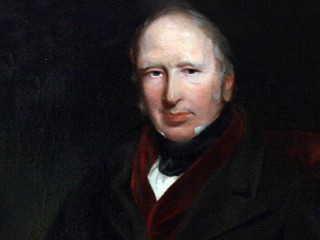
George Cayley biography
Date of birth : 1773-12-27
Date of death : 1854-12-08
Birthplace : Scarborough, Yorkshire, England
Nationality : English
Category : Historian personalities
Last modified : 2011-09-29
Credited as : aeronautical engineer, history of aeronautics,
17 votes so far
Using kites and un-manned gliders Cayley explained design and structural details of wing composition and drew designs for an airship with a semi-rigid structure. His 1809 booklet Practical Remarks on Aerial Navigation explained the principles of flight in prophetically accurate detail, including why cambered airfoils (curved surfaces) provide better lift than flat surfaces, and how vertical and horizontal rudders could allow steering. He described the air as "an uninterrupted, navigable ocean that comes to the threshold of every man's door." Cayley himself never flew, and died more than a decade before Wilbur Wright's birth.
Cayley served for the Whig party as Member of Parliament for Scarborough from 1832 to 1835, and in 1838 helped found the UK's first Polytechnic Institute; the Royal Polytechnic Institution (now University of Westminster), serving as its chairman for many years. He was a founding member of the British Association for the Advancement of Science and was a distant cousin of the mathematician Arthur Cayley.
















